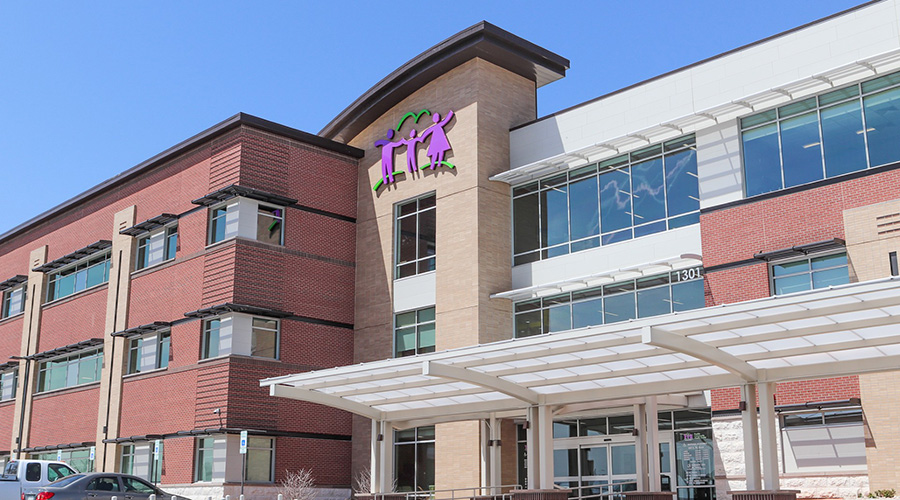Key Factors Determine Success of Submetering Technology
To effectively integrate submetering strategies into a new building, managers, designers, and architects need to pay careful attention to three areas during the building's design phase.
The first design detail is careful organization of the electrical distribution system and circuiting to enable cost-effective implementation of submetering systems. Where possible, each electrical panel should contain circuits associated with only one of the monitoring categories — lighting, for example. This tactic will require one submeter per panel. It also will minimize the number of submeters, as well as the first costs associated with implementation.
The second design detail is the EMS interface with the submeters. Careful organization and trending of the electrical use, commissioning and confirmation of the installation is critical for reliability of the gathered use data.
The third design detail — and arguably the most important — is creative occupant interface with the collected data on energy use. If the data is difficult to access or understand, managers and end users will not use it. Creative use of the occupant interface is one of the most effective ways to control the human factor.
To inform building occupants of real-time energy use in buildings and engage them in efforts to control energy use, managers can take advantage of technologies such as digital dashboards displayed in building common areas or accessible at any computer with the proper web address.
Related Topics:














